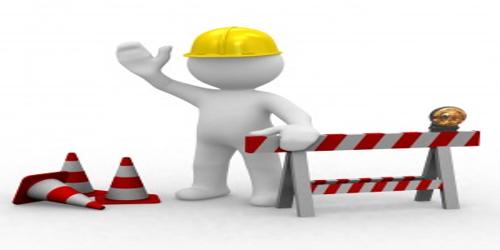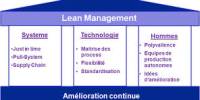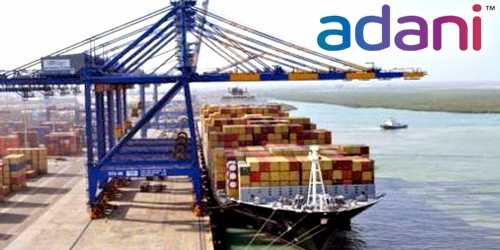Safety policy for Manager
A safety policy or health and safety policy of an organization is a recognized written statement that states an organization’s commitment to the protection of the health and safety of the employees, as well as the society in the immediate surrounding neighborhood. The term is used in many different ways, varying from institution to institution, organisation to organisation and sometimes within institutions and organisations as well. It can be hard to pin down, but there are some central features common to all good policy:
- it states matters of principle
- it is focused on action, stating what is to be done and by whom
- it is an authoritative statement, made by a person or body with power to do so.
Above all, good policy is a tool that makes administration easier, and allows people to get on with the organisation’s core business more efficiently and effectively.
One such a policy would be: Safety should be the responsibility of all company personnel from CEO to floor operator. Safety policy shows the details of all occupational health and safety elements with the policy to protect the employees’ life and health up to or surpassing what is required by the laws, regulations and practices in the relevant industry.
Employee’s attitude towards safety (why does a worker do a job in an unsafe way):
- He or she may consider the unsafe way easier, less troublesome or faster.
- To him/her the unsafe way the best way.
- He/she may consider him/she worthy enough of taking his/her own care.
- He/she may think that safety measures are unnecessary.
- It may be that he/she at all does not know.
Safety manager
Traditionally, the duties of safety manager centered around unsafe acts and unsafe conditions. The safety manager of tomorrow has to work on a larger canvas. His responsibilities will, inter alias, include:
- Understand the company policy and programmes, and integrate the concept of safety and health in all areas of management.
- Work closely with other managers and achieve higher standards of safety and health.
- Short and long term planning of safety and health activities and implementation of plans.
- Consider safety and health training as apart of human resource development and coordinating the training and safety functions.
- Designing and implementing programmes to promote employee participation in safety.
- Collection, storage, retrieval and dissemination of information on safety and health with the objective of improving performance.
- Compliance with legislation, and liaison and coordination with enforcement agencies.
- Making available technical information, guidance notes, and training manuals for use by managers.
Responsibilities of a safety manager
- Develop and execute health and safety plans in the workplace according to legal guidelines
- Prepare and enforce policies to establish a culture of health and safety
- Evaluate practices, procedures and facilities to assess risk and adherence to the law
- Conduct training and presentations for health and safety matters and accident prevention
- Monitor compliance to policies and laws by inspecting employees and operations
- Inspect equipment and machinery to observe possible unsafe conditions
- Investigate accidents or incidents to discover causes and handle worker’s compensation claims
- Recommend solutions to issues, improvement opportunities or new prevention measures
- Report on health and safety awareness, issues and statistics
Globally common features incorporated in legislation for safety and health at work
- The responsibility to prevent accidents and health hazards is placed squarely on the employer.
- The state will prescribe standards.
- The worker has the right to know about the dangers at work and participate in safety measures.
- Training of workers and supervisors in safety and health is the duty of the employer.
- Liability in case of accident, health hazards or disasters rest with the highest level of management and cannot be passed on to junior levels.
- Safety of the community-prevention and control of major hazards is included in safety legislation.
Roles of Supervisors in Health and Safety Program
- Complying with all applicable safety and health standards, rules, regulations and orders issued by competent authority pertaining ti the activities immediately under their jurisdiction.
- Ensuring that employees are instructed and or trained in safe practices and methods of job performance as relates to their assignment.
- Ensuring that sick and or injured employees performing official duties receive appropriate first aid and or medical attention.
- Investigating and reporting each incident and or injury in accordance with established procedures.
- Initiating to the limit of their authority and capability, such actions necessary to correct unsafe or unhealthy working conditions determined to exist and promptly advising appropriate management when such conditions require corrective actions beyond their authority.
- Conducting regular surveys of their operations to ensure compliance with such safety standards, codes, regulations, rules and orders applicable to the work area concerned.
- Ensuring that employees under their supervision are aware of their responsibilities.
- Supervisors are responsible for implementing PPE program in their area.
Information Source:
















